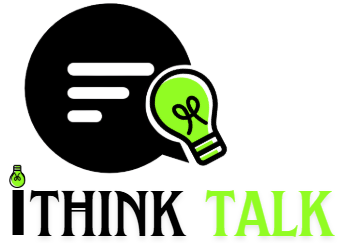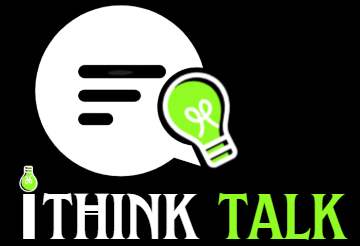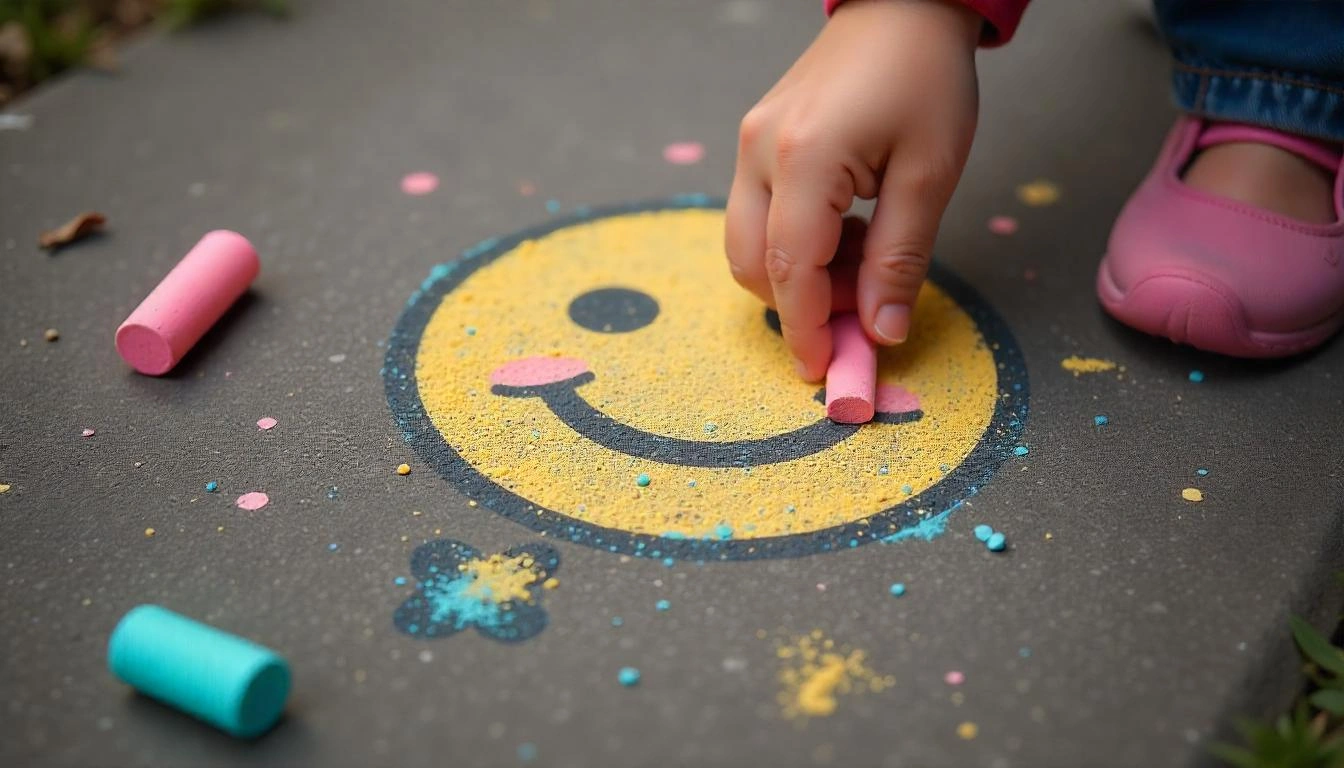Emojis are more than just digital stickers—they’ve evolved into a universal language that transcends borders and cultures. Among the vast collection of emojis, the thinking emoji stands out as one of the most versatile and widely used symbols on the internet. Initially designed to represent deep thought or contemplation, it has taken on multiple meanings across various social media platforms, from Twitter to TikTok to Instagram. Today, the thinking emoji serves as a meme, a reaction tool, and a symbol of internet culture. But how did this simple yellow face become such an influential part of digital communication?
The Origins of the Thinking Emoji
The thinking emoji was first introduced in 2015 as part of Unicode 8.0 and became widely available across major platforms soon after. The original intent behind this emoji was straightforward: to depict a person in deep thought, contemplating a question or idea. It was a useful addition to the ever-expanding emoji keyboard, giving users a way to visually express curiosity, skepticism, or pondering.
Evolution Through Social Media
While the thinking emoji started as a simple representation of thought, social media quickly gave it new layers of meaning. Different platforms played unique roles in shaping its usage:
Twitter: The Hub of Sarcasm and Debate
On Twitter, the thinking emoji became a favorite among users engaging in debates, sarcasm, and humor. When used in response to a statement, it often conveys skepticism or a challenge to the original claim. For example, someone might post a dubious statistic, and a reply featuring just the thinking emoji can imply, “Are you sure about that?”
The thinking emoji is also used to mock overly complicated statements or to sarcastically “ponder” something obvious. It has been embraced in political discussions, meme culture, and casual interactions as a way to subtly express doubt or irony.
TikTok: The Birthplace of Trends
TikTok has further redefined the thinking emoji by incorporating it into video content. Creators use the emoji to visually highlight moments of confusion, satire, or comedic reflection. In some cases, the thinking emoji is animated into videos, appearing above a person’s head as they “think aloud” in reaction to a ridiculous statement or scenario.
The emoji has also become a part of TikTok’s text overlays, where it often accompanies captions like “Hmm… something doesn’t add up” or “Me trying to figure out why I’m still single.”
Instagram: Aesthetic and Expressive Communication
On Instagram, the thinking emoji is often paired with thought-provoking captions or ambiguous images. Influencers and meme pages use it to encourage engagement, prompting followers to “think” about a particular topic or trend. It’s also common in Instagram Stories, where users react to controversial or unexpected news with just a simple.
Memes and Cultural Impact
Beyond its usage as a reaction emoji, the thinking emoji has spawned countless memes. Some of the most popular include:
- The “Big Brain” meme, where the emoji is used humorously to imply someone is making an absurdly deep or unnecessary analysis.
- “Conspiracy Theory” memes, where the emoji is combined with exaggerated speculation.
- Mashups with other emojis, such as the thinking emoji combined with the monocle emoji for an extra layer of investigation or sarcasm.
These memes have further cemented the thinking emoji’s status as an internet staple, making it an indispensable tool in digital humor and online discussions.
The Future of the Thinking Emoji
As internet culture continues to evolve, so will the meanings and applications of emojis. The thinking emoji’s adaptability ensures that it will remain a relevant part of online communication. Whether used in humor, skepticism, or genuine thoughtfulness, has secured its place as a social media icon.
Conclusion
The thinking emoji has evolved far beyond its original purpose, becoming a cultural phenomenon in the digital world. It has been embraced across social media platforms as a tool for humor, sarcasm, engagement, and deep thought. From political debates on Twitter to comedic sketches on TikTok and thought-provoking posts on Instagram, this simple yet powerful emoji continues to shape online conversations. As digital communication evolves, the thinking emoji will undoubtedly remain a key symbol of internet expression, reflecting the ever-changing nature of social media culture.
For more insights on digital culture, check out our article on Think Like a Man Cast.





